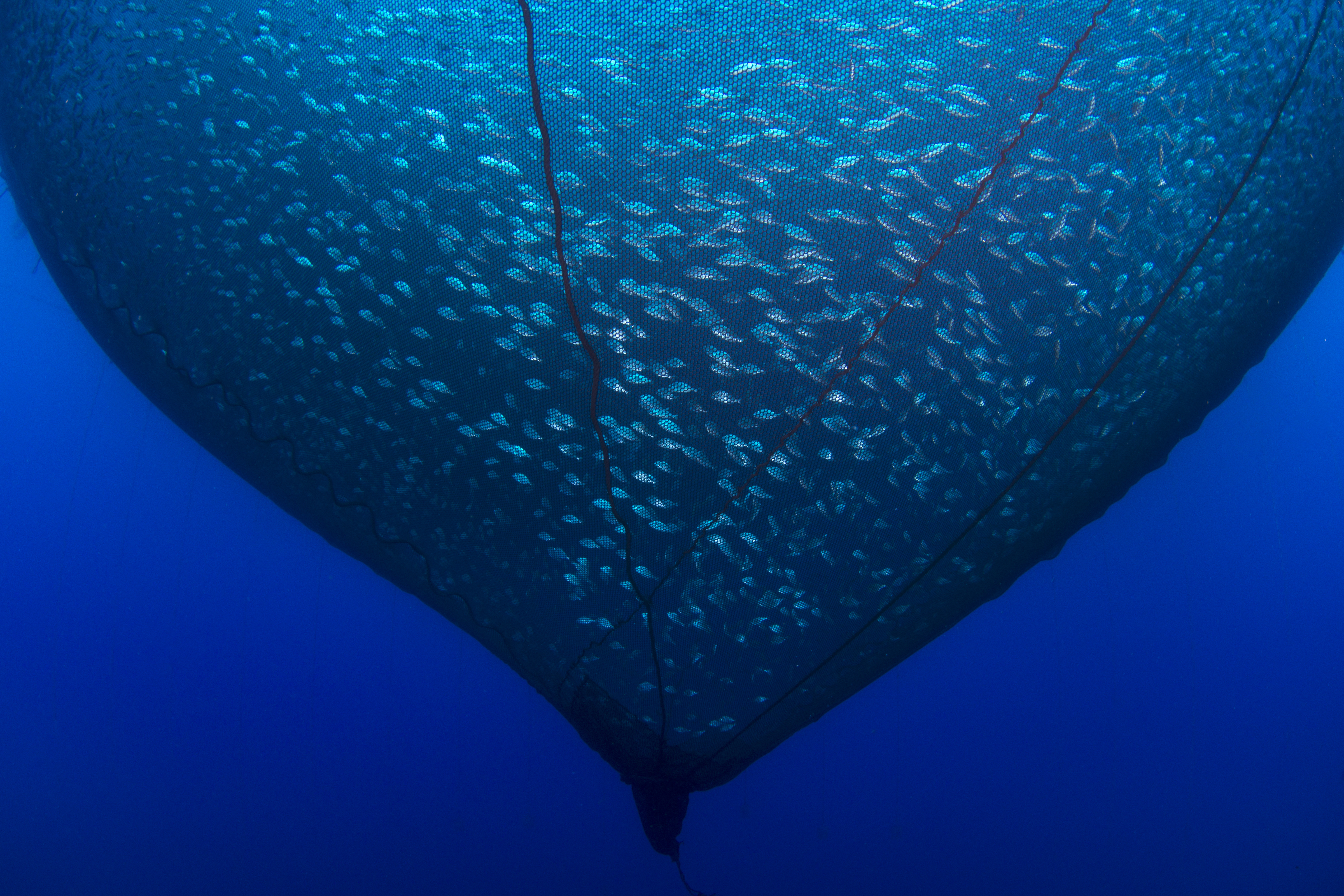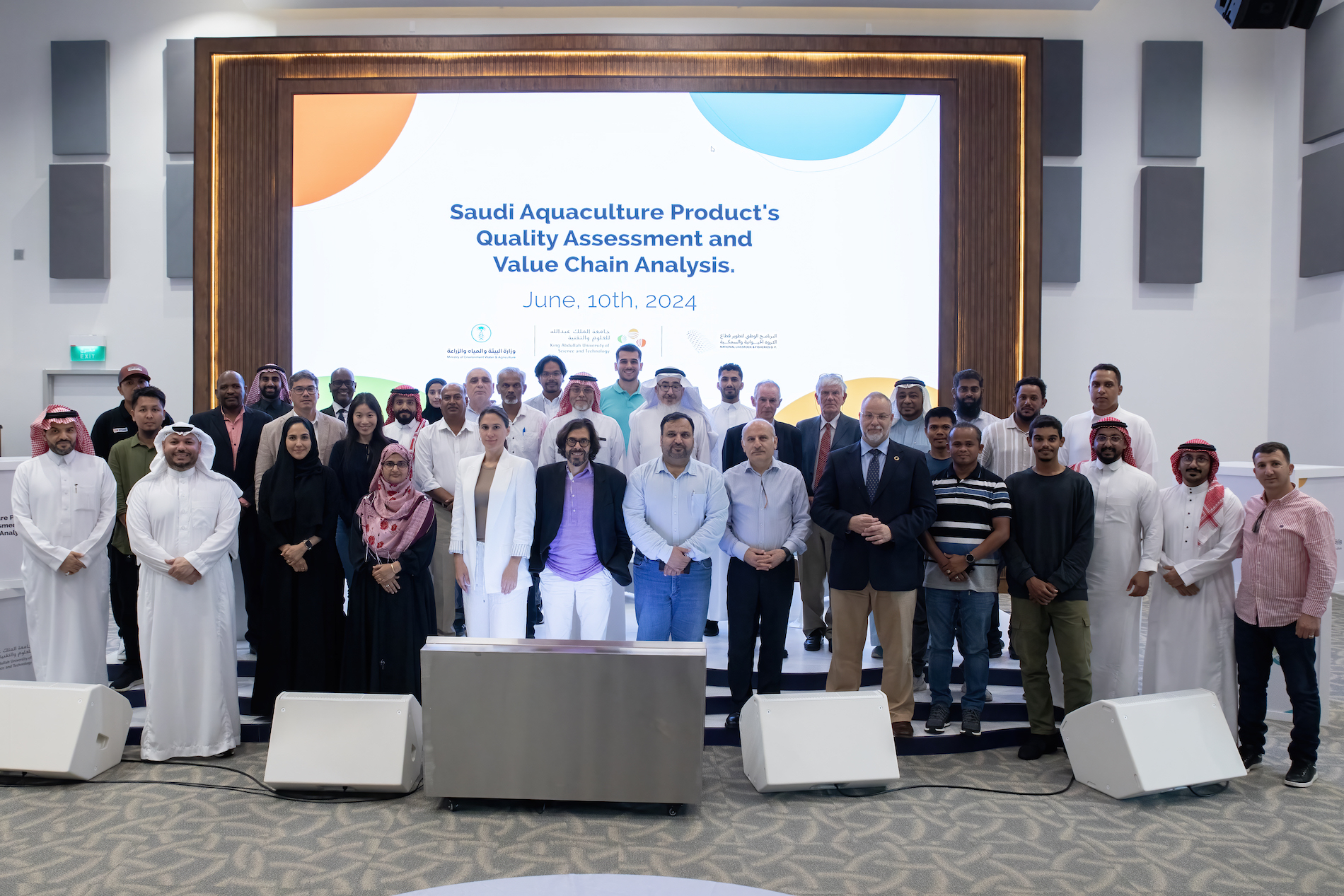Transforming the future of Saudi aquaculture through KAUST’s partnership with MEWA

In a world facing climate change and a rapidly growing population, food security is emerging as one of the most pressing global challenges. The Kingdom of Saudi Arabia has recognized food security as one of the key objectives of its Vision 2030 program and has launched ambitious projects to address this issue. Among the flagship initiatives is the Aquaculture Development Program (ADP), a joint effort coordinated by King Abdullah University of Science and Technology (KAUST) and the Saudi Arabian Ministry of Environment, Water and Agriculture (MEWA), aimed at transforming the nation’s food economy.
As part of Vision 2030’s Aquaculture initiative, ADP’s objective is to develop the aquaculture sector in Saudi Arabia — a practice involving the cultivation of aquatic organisms such as fish, shellfish and seaweed — and support its economic role by increasing its contribution to the nation’s gross domestic product (GDP). The program seeks to meet domestic seafood demands and bolster the country's economy through aquaculture and fisheries. KAUST’s aquaculture efforts are expected to yield 280,000 tons of seafood, raising the total domestic production to 530,000 tons annually by 2030. With this objective, the Kingdom aims to reduce its reliance on imported fish, provide new jobs, attract investments and help local fishing communities become self-sufficient. Importantly, the program will alleviate pressure on wild fish populations — currently endangered around Saudi’s coasts due to overfishing and environmental stressors — thus helping to preserve marine biodiversity. KAUST Beacon Development (KBD), an environmental consultancy department based in KAUST that oversees the program, has secured a multidisciplinary team involving marine biologists, fisheries experts, fish nutritionists, technical engineers, research scientists and other specialists who closely monitor and control every stage in the aquaculture production cycle. These stages include fish breeding and behavior, nutrition, feed formulation, recirculated aquaculture systems and offshore sea cages.
The well-organized workflow strictly follows sustainable aquaculture practices in hatchery and cage farming. This includes using ecofriendly raw materials, such as poultry by-products and single-cell protein, microalgae and insect meal, to produce aquafeeds. Additionally, it involves implementing Integrated Multitrophic Aquaculture (IMTA), an innovative approach that involves farming multiple aquatic species of varying trophic levels together. In IMTA, waste products from one species are recaptured and converted into valuable resources such as feed, fertilizers, and energy for another species. This circular economy approach minimizes energy losses and environmental deterioration while promoting sustainability.
“Aquafeeds represent up to 70% of production costs, so improving the feed conversion ratio (FCR) is the target for fish farmers,” says Dr. Asaad Mohamed, Director of the KAUST Aquaculture Development Program.

KAUST’s aquaculture efforts are expected to yield 280,000 tons of seafood, raising the total domestic production to 530,000 tons annually by 2030.
To produce cost-effective aquafeeds, ADP has developed over 30 new high-value finfish feed formulations, achieving significant improvements of 10-15% in the FCR and 15-35% in the economic conversion ratio (ECR). Adopting these new feed formulations could save Saudi Arabia $417 million per year, based on predicted feed requirements for a future fish production of 237,000 tons.
ADP has two experimental facilities at its disposal: the KAUST Coastal and Marine Resources (CMR) Core Lab and the hatchery, which will be fully operational by September 2024. Offshore cages in the open sea in Al-Rayes are utilized to conduct research and evaluate grow-out, simulating commercial production.
The project has successfully reared and bred several species in captivity, including the snubnose pompano, sobaity seabream, orange-spotted grouper and mangrove red snapper, all of which are endemic to the coasts of Saudi Arabia. These species, being tropical in nature, thrive exceptionally well under the conditions found in the Red Sea, which is crucial for their successful performance in captivity.
Collaborations are an integral part of KBD’s aquaculture activities, involving both international and local universities, research centers and the aquaculture industry. Ongoing collaborations include the Hellenic Centre for Marine Research from Greece, the University of Las Palmas de Gran Canaria in Spain, as well as local aquaculture stakeholders such as the National Aquaculture Group (NAQUA), Tharawat Seas, Tabuk Fisheries and the Arabian Agriculture Services Company (ARASCO).
"Looking ahead to the future of Saudi Arabia, ADP consistently invests in capacity building for Saudi nationals. Each year, KBD welcomes trainees to join the team and gain expertise across various aspects of aquaculture, including laboratory analysis, hatchery production, aquafeed production and fish cage farming. This initiative aims to nurture a new generation of professionals who will drive the future of aquaculture production in the Kingdom," adds Mohamed.

The workshop held at KAUST aimed to unlock the full potential of Saudi Arabia’s aquaculture industry and ensure its long-term viability.
To introduce the program, KAUST and ADP hosted a dissemination workshop on June 10, 2024. The workshop showcased ADP's recent collaborations with the Hellenic Center for Marine Research on fish quality and consumer preferences in the country, along with a study on market analysis and production economics conducted with the Macalister-Elliott consultancy group. This workshop is a significant milestone in collective efforts to explore and understand the aquaculture value chain and seafood quality assessment, aiming to unlock the full potential of Saudi Arabia’s aquaculture industry and ensure its long-term viability.

